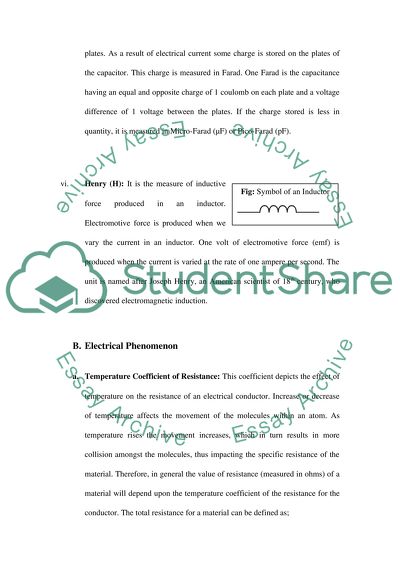Cite this document
(“Electrics Essay Example | Topics and Well Written Essays - 2250 words”, n.d.)
Retrieved from https://studentshare.org/miscellaneous/1516977-electrics
Retrieved from https://studentshare.org/miscellaneous/1516977-electrics
(Electrics Essay Example | Topics and Well Written Essays - 2250 Words)
https://studentshare.org/miscellaneous/1516977-electrics.
https://studentshare.org/miscellaneous/1516977-electrics.
“Electrics Essay Example | Topics and Well Written Essays - 2250 Words”, n.d. https://studentshare.org/miscellaneous/1516977-electrics.


